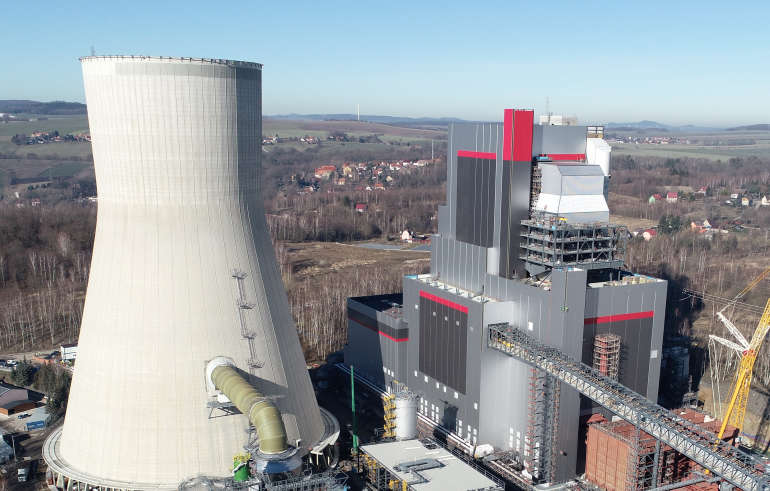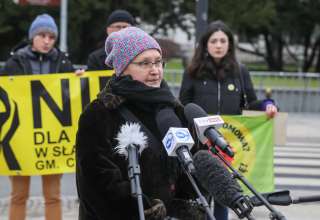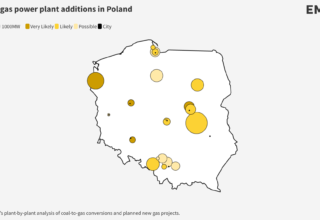
On May 15, the PGE plans to open a new unit (496 MW) at the Turów power plant in Bogatynia. This is the last lignite-fired unit to be built in Poland.
Despite the use of modern technology, this unit will still emit carbon dioxide – about 2.7 million tons per year. Its negative impact on climate change is contrary to the idea of the European Green Deal, which is currently being implemented in the European Union.
– “PGE, as an important state employer in the region, should develop an employment model after an earlier (than assumed) closure of the lignite mine and power plant. It should also provide a real date of coal phase-out, faster than 2044.” – explains Katarzyna Kubiczek from the Ecological Association EKO-UNIA.
At the end of April, the Minister of Climate and Environment, Michał Kurtyka, extended the mine license in Turów until 2044. In practice, this decision excludes the entire Zgorzelec region from accessing EU funds for the just transition.
The European Union’s aid from the Just Transition Fund for the Zgorzelec region would amount to approximately 1 billion PLN. The fund would also launch multi-million loans for business and local governments. There are also other, bigger funds on the horizon that could support employees and residents of the Zgorzelec region in transformation, such as European Reconstruction Fund or polish national funds from programs like “Clean Air”.
– “It should be the society who benefits from the just transition, not the concern itself. In the longer term, PGE wants to get rid of coal-fired power plants, including Turów, and hand them over to the NABE (National Energy Security Agency) which will result in dropping the responsibility for being stuck in unprofitable coal technology. And the associated costs will be paid by society. A transfer to NABE also raises many questions about post-mining recultivation. Who will take care of it?” – Katarzyna Kubiczek asks.




